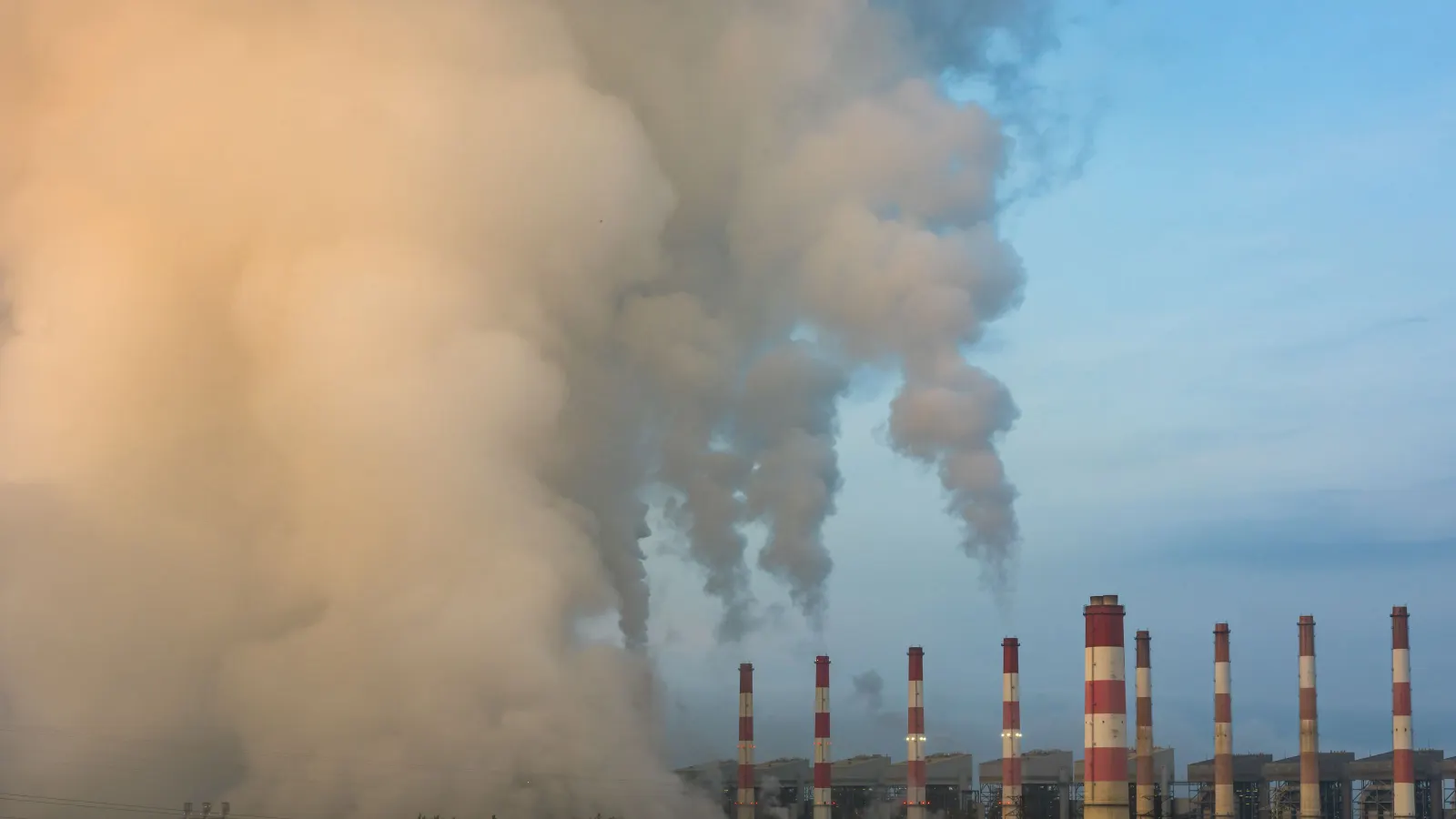Kurzer Tauchgang
Recent assessments have shown that five prominent fashion brands have taken steps to enhance their greenhouse gas emission reduction targets. However, collectively, they remain “significantly off track” to meet international climate objectives as per the 2025 Corporate Climate Responsibility Monitor.
Several companies, including Adidas, Inditex (the parent company of Zara), and H&M, have adopted 2030 goals that align with the Paris Agreement. In contrast, Lululemon’s strategies may allow for overall emissions increases, as highlighted in the report.
Shein’s proposed plan to cut emissions by 25% by 2030 is troubling, as it could result in emissions more than doubling compared to their 2021 levels, according to the same report.
Dive Insight
Even with improved goals, “limited transparency on implementation plans, dependency on temporary solutions, and insufficient commitment to move beyond the fast fashion model” cast doubt on the viability of these targets. The report advocates for a significant shift to electricity derived from renewable sources throughout supply chains and calls for enhanced regulation in the industry.
This report is part of the annual Corporate Climate Responsibility Monitor published by the NewClimate Institute and Carbon Market Watch. The five fashion companies analyzed—Adidas, H&M, Inditex, Lululemon, and Shein—generated a staggering $123 billion in revenue in 2023, as revealed in a press release accompanying the findings.
H&M’s and Inditex’s greenhouse gas targets received high integrity ratings, while Adidas’s were deemed reasonable, reflecting a marked improvement from the previous year’s poor ratings. Despite Adidas’s emission reductions, Inditex has fallen short in this area. Lululemon’s emissions have remained stagnant, whereas Shein’s have escalated significantly.
Key Challenges and Recommendations
Most emissions stem from garment manufacturing. Hence, the report suggests that the electrification of supply chains, powered by high-quality renewable energy, is a scalable remedy for fashion companies aiming to decarbonize their operations. According to Eve Fraser from NewClimate Institute, moving toward electrification represents the most sustainable long-term choice for businesses in this sector. Factors such as high-quality renewable energy will be pivotal in achieving this transition.
Furthermore, it’s critical to note that H&M still largely relies on fossil gas and biomass—fuel sourced from organic matter. The report stresses that while biomass might play a transitional role where electrification is not feasible, it is inherently not emissions-free. The use of biofuels can further result in deforestation and the destruction of carbon-sequestering land, raising eyebrows across environmental sectors.
Antwort der Industrie
H&M representatives have indicated, “We see electrification of our supply chain as the most sustainable option in the long-term.” They add that while biomass has its place, it is temporary, and the brand is actively working with suppliers to minimize adverse impacts.
The study urges a pivot towards “electrified, low-temperature technologies” to replace high-energy, resource-intensive processes associated with dyeing, washing, and drying textiles.
All five companies have set targets for utilizing “preferred fibers”—materials with lower environmental footprints. However, using these fibers does not guarantee a reduction in emissions and is insufficient on its own, according to the report’s findings.
Stronger Regulations Needed
To foster accountability, regulators need to mandate companies to report their production volumes and reduction targets while disallowing the destruction of unsold and returned inventory. This would pressure brands to confront the primary concern: excessive production.
Abschließende Überlegungen
The landscape of climate responsibility in the fashion industry is complex and riddled with both challenges and opportunities. The growing commitment from brands like Adidas and H&M holds promise, yet the plan from Shein reveals troubling trends. The need for transparency and genuine action is more crucial than ever.
Each brand must transition towards a sustainable model that minimizes environmental impact and maximizes social responsibility. This shift resonates beyond fashion, significantly influencing the Logistik sector, which needs to adapt to evolving sustainability demands and practices.
It’s essential to remember that while reports and reviews can outline trends and projections, nothing quite compares to lived experiences in evaluating brands’ commitments to sustainability. GetTransport.com serves as an excellent resource for navigating global transportation solutions for cargo, providing convenience and affordability when moving goods. From home and office relocations to delivering large items like furniture, vehicles, and bulky goods, the platform underscores its dedication to transparency and efficiency across diverse transportation needs.
In the fast-evolving world of sustainable logistics, making informed decisions about cargo transport is paramount. As GetTransport.com efficiently bridges logistics gaps, consider leveraging their service to facilitate your cargo transportation needs both effectively and at competitive prices. Start planning your next delivery and secure your cargo with GetTransport.com.

 Bewertung der Klimaverpflichtungen von Modemarken: Shein und Lululemon auf dem Prüfstand">
Bewertung der Klimaverpflichtungen von Modemarken: Shein und Lululemon auf dem Prüfstand">